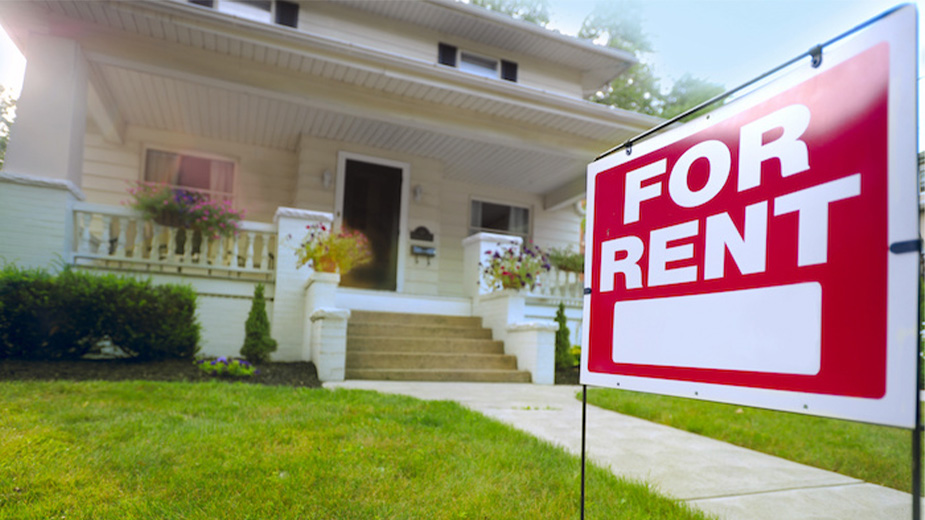Column: Accessible, Attainable Housing Essential for Ohioans
By Steve Stivers
President and CEO of the Ohio Chamber of Commerce
In the wake of the recent 2024 Ohio Chamber Housing Summit, we continue to focus on the issue of housing for all Ohioans. Every Ohioan should have access to safe, affordable housing, and this goal can be accomplished only if we work together.
In the Ohio Chamber’s Blueprint for Ohio’s Economic Future, a report that analyzes Ohio’s economic outlook and compares it with that of other states, we identified six key areas for improvement, including “Sense of Place.” This area refers to the components and resources that make a community a desirable place in which to live, work and visit. To achieve this desirability, housing access and affordability remain top factors.
Generally, housing that is considered “affordable” translates to people or families that do not spend over 30% of their income on rent or a mortgage, plus utilities. According to the National Low Income Housing Coalition, to afford a two-bedroom home in Ohio without spending more than 30% of your income on rent, you would need an annual household income of $39,702. That puts nearly 52,000 Franklin County households, and 80,000 Central Ohio households, in a housing-cost-burdened status.
Additionally, housing production remains a challenge due to land availability, zoning, density restrictions, regulations, construction costs and a lack of skilled workers – the last of which has only worsened since the Covid-19 pandemic. The National Association of Home Builders found that in 2019, the median price to build a single-family home in the U.S. was over $296,000. With the growing lack of resources and funding for residential development, the working Ohioan’s ability to own affordable housing remains nearly unattainable.
This lack of affordability continues to concern lowest-income and moderate-income renters across the state. In 2020, only 3 out of the 10 most common jobs in Ohio paid an hourly rate necessary for a worker to afford a modest, two-bedroom apartment. This shortage of affordable rental housing leaves nearly 400,000 Ohio households “rent-burdened,” meaning they spend over half of their income on rent. Severely cost-burdened households are more likely than other renters to sacrifice necessities like food and health care to pay the rent, which can lead to unstable housing situations like evictions.
While there may be no simple solutions to the housing shortage and increased demand, the Blueprint for Ohio’s Economic Future recommends dedicating efforts to increase home ownership and provide affordable rent.
Policymakers must focus on innovative housing solutions that not only expand housing supply but also expand home ownership to build generational wealth. Public policy solutions should also include incentives to encourage zoning reform, expansion of historical tax credits and other financing tools to increase housing supply and tax policy solutions to assist older Ohioans who want to age in place.
We look forward to working with policymakers and housing experts to discuss these issues. We must continue these conversations and continue to prioritize housing and fulfill the Sense of Place priorities in the Ohio Chamber’s Blueprint.
To afford a two-bedroom home without spending more than 30% of their income on rent, Ohioans would need an annual household income of $39,702, according to the National Low Income Housing Coalition. (Adobe Stock)
Published by The Business Journal, Youngstown, Ohio.



